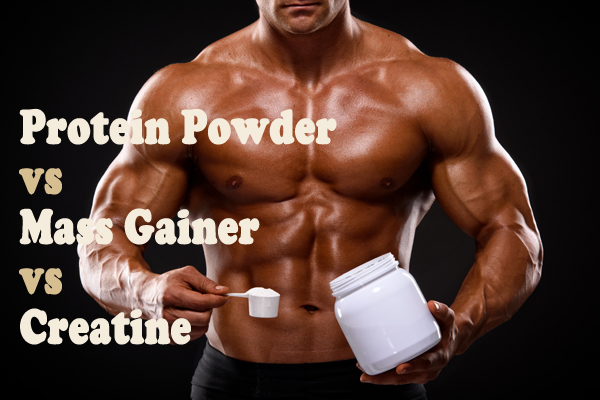
With the growing popularity of fitness, the supplement market has expanded rapidly. To maximize the benefits of bodybuilding supplements, it’s essential to understand their ingredients and how they align with your dietary supplement needs—rather than just relying on marketing claims.
Whey protein powder is separated and extracted from milk. It is also the universal and basic type of protein powder with small molecules that are easily digested and absorbed faster.
The protein content in a typical whey protein powder is about 70% to 80%, and the applicability is also very strong
As we all know, muscle growth is a process of destruction of muscle fibers through strength workouts, followed by exceeding compensation through nutritional supplementation, and protein powder is what plays an important role in the exceeding compensation process. It's perfect for breakfast, extra meals, pre- or post-training supplements, plus it's cost-effective, so it's also prized by almost all fitness professionals.
The usage and functions of isolated whey protein powder are basically the same as those of ordinary whey protein powder. The protein content is generally higher than that of ordinary whey protein, generally at 80% or above.
In fact, isolated whey protein powder is the product of further filtration of ordinary whey protein powder, removing lactose, as well as some cholesterol, fat and carbohydrates. Therefore, people with lactose intolerance can use isolated whey protein without having indigestion problems.
Casein powder is also often referred to as a slow-release protein powder, casein molecules are large, hard and dense, harder to digest and break down, and satiating. Like whey protein, casein is extracted from milk, mostly by boiling or fermenting the whey part of the milk and making it with water.
Casein is a good source of protein that helps us recover from physical stress, damage and overwork. Since casein takes longer to digest, it allows the body to absorb and utilize it more efficiently. It is generally recommended to eat it before bedtime to help the body absorb it slowly.
Mass Gainer is compound supplement that add some high calorie ingredients to protein powders, mainly consisting of maltodextrin and whey protein powders. Maltodextrin is made from various types of starch, which is hydrolyzed, converted, purified and dried by an enzymatic process. Maltodextrin can basically only provide pure energy and some trace elements.
Since the content of maltodextrin in mass gainer is higher than that in protein powder, the carbohydrate content in mass gainer will be higher than that of protein. The protein content in a typical mass gainer is just about 25%, while its carbohydrate content is 55% and above, so mass gainer can't even quite be called protein powders in the traditional sense.
Mass gainer are actually better suited for people who are lean and just starting to work out. It has a lower protein content than protein powder and contains some high-calorie carbohydrate ingredients to provide energy and an appropriate amount of fat for those who are starting to work out.
Creatine has two main functions for muscles. One is to provide energy for the rapid contraction of skeletal muscles, and the other is to promote muscle growth and increase muscle strength.
It is not recommended to take creatine in the early stages of bodybuilding, because the rapid increase in strength will suddenly increase the pressure on your joints and cause joint injuries. In addition, mass gainer itself contains a small amount of creatine.
Overall, protein powders, mass gainer and creatine are all food supplements, but they should not be taken as meals, and you should eat plenty of eggs, milk, beef and carbohydrates on a regular basis. With an abundance of staple foods, extra supplementation will allow you to grow muscle faster and gain weight faster.